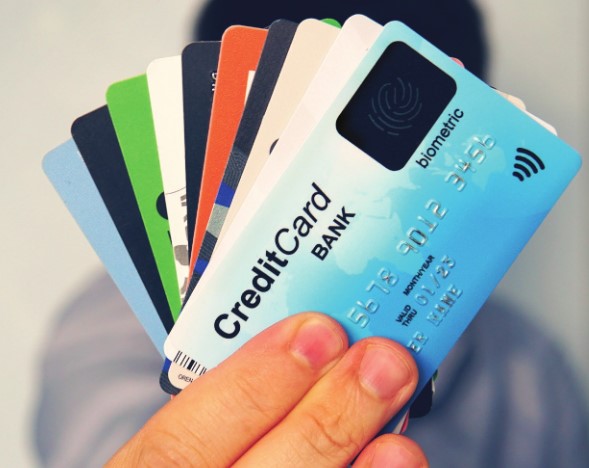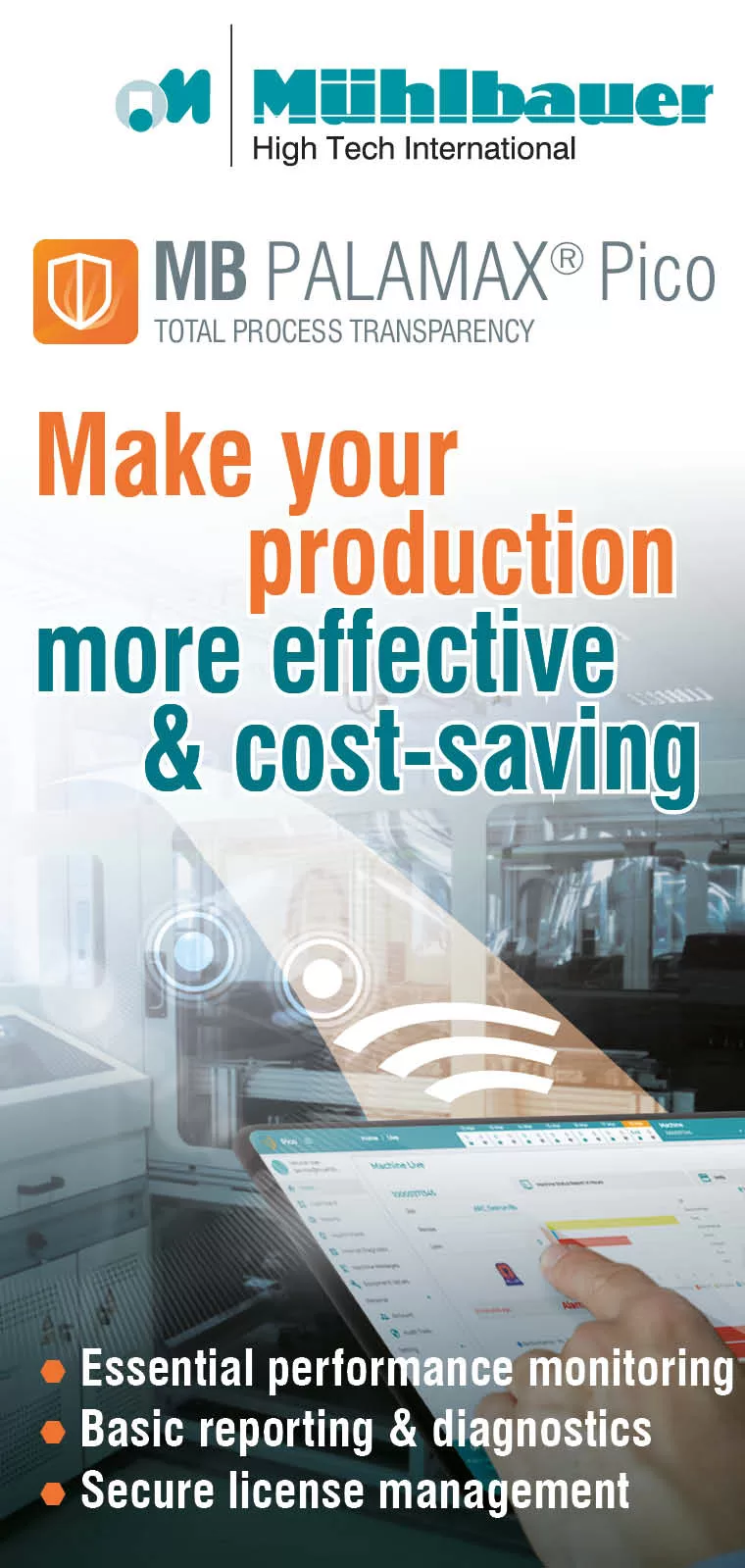
by Jennifer Kohlhepp | CM Magazine Featured
Biometric Cards Provide ‘Real ROI’ for Merchants, Issuers, Consumers
 By Kimberly Tjoumakaris – ICMA Public Relations Manager
By Kimberly Tjoumakaris – ICMA Public Relations Manager
With contactless card adoption and fraud on the rise in “tap-happy” markets, technology has turned to biometric authentication. Biometry is the only technology compatible with the card form factor that can confirm one’s identity. Already commonplace in smartphones, the addition of fingerprint sensors will bring security to contactless cards, without compromising the user experience.
The financial sector is beginning to use biometric cards for convenient and secure payments. Biometric cards can also be used for a wide range of other applications from identification to access management, even in government and health care segments.
“Payment cards are projected to see the highest growth potential, followed by government identification cards,” said Alain Faburel, NEXT Biometrics’ chief sales and marketing officer.
Current technological developments show that dual-interface smart cards will make up the most important wave of biometric smart cards. Pure contactless smart cards can also benefit from the higher level of security and convenience that biometrics add.
“There have been pilot projects with dual-interface biometric smart cards in the payment sector, but volume roll-out for dual-interface payment cards isn’t expected to start until 2021,” added Faburel.
How Do Biometric Cards Work?
Biometric cards are smart cards that contain the electronics and software needed to perform a biometric authentication by combining a fingerprint scanner with EMV card technology. Prior to first use, the cardholder enrolls his/her fingerprint by touching a sensor to capture unique fingerprint characteristics. The user’s fingerprint is then stored in a secure element of the smart card. Enrollment can be done quickly and easily with International Standards Organization (ISO)-compliant fingerprint sensors. When the cardholder places his/her finger on the card’s sensor during a transaction, the card senses whether the scanned print is the same as the stored fingerprint. Securely stored reference data in the card can be compared to the user’s biometric data with an embedded biometric sensor for identification verification.
“It’s as simple as placing your finger on a sensor to authenticate transactions,” Faburel added. “This saves users from remembering multiple passwords and PINs. Merchants and issuers benefit from higher transaction security and reduced fraud.”
With biometric technology like NEXT’s large-area sensor technology, a user touches the fingerprint sensor one to three times for initial enrollment and is then ready to use the card. Large-area fingerprint sensors offer a higher level of reliability in daily use and a better enrollment experience for card users.
“It makes a big difference to only have to touch the sensor up to three times to store fingerprint data on the payment card compared to having to repeat the action a multitude of times when using smaller sensors,” Faburel added.
For smaller sensors, this procedure can become lengthy and require six to 12 touches because a small fingerprint sensor only captures a portion of the fingerprint per touch (and produces higher failure rates). A full fingerprint needs to be created from the various small fingerprint sections captured through each touch.
Once initial enrollment has been completed, the user is set to authenticate transactions by touching the fingerprint sensor instead of entering a PIN or password—static forms of information that can too easily be stolen or forgotten.
“Biometric cards allow a very convenient two-factor authentication,” Joerg Fischer of Bundesdruckerei GmbH said. “One card can easily be used for many applications without having the drawback of remembering different PINs and passwords.”
Biometric Cards Add Security & Save Time
Technological development in the card industry has been driven by two key factors: security and convenience. The payment industry continues to push for payment authentication methods that improve on traditional methods while minimizing disruption to the card manufacturing process. The focus is currently on developing manufacturing concepts for mass production of biometric smart cards.
Since biometric smart cards add additional steps and technology to the card manufacturing process, the cost will be higher initially.
“We are working with several smart card makers to integrate our sensor technology efficiently and effectively into their manufacturing processes,” Faburel added.
As cards become less expensive to manufacture and purchase, global card industry players have to find ways to provide added value. As more biometric smart cards are produced and issued, the cost will decline over time. The return on investment for issuers, merchants and consumers comes with a higher level of security, reduced cost and less time resetting forgotten PIN codes and passwords.
Besides cost, there are some other challenges manufacturers and personalizers face when creating biometric cards.
“The integration of new components into the card body pose a challenge for durability and the lifecycle of the cards,” Fischer added. “New equipment, materials and processes have to be used.”
Biometric Cards: A Look Ahead
Biometric payment card issuance will be limited in the short term. Issuers will likely adopt a targeted approach to issuance, providing them to those considered the highest fraud risks in combination with a subscription approach, aimed at affluent client bases willing to pay a fee in exchange for the latest technology.
“The roll-out of the different card technologies will take time and different technologies will continue to be represented in the market,” Faburel said.
Currently, there is not a competitive technology to biometric cards—no other technology adds the same level of security and convenience.
“Card manufacturers and issuers are currently investing in the commercialization of biometric smart cards,” Faburel added. “We don’t expect to see competitive technologies entering the smart card market anytime soon.”
Ultimately, biometric payment cards are the future of consumer payments providing easy, convenient, reliable and secure payment transactions. As the biometric card era continues to unfold, it will include cards that combine multiple biometric technologies, such as fingerprint and behavior recognition, to provide users with even more secure identification.




